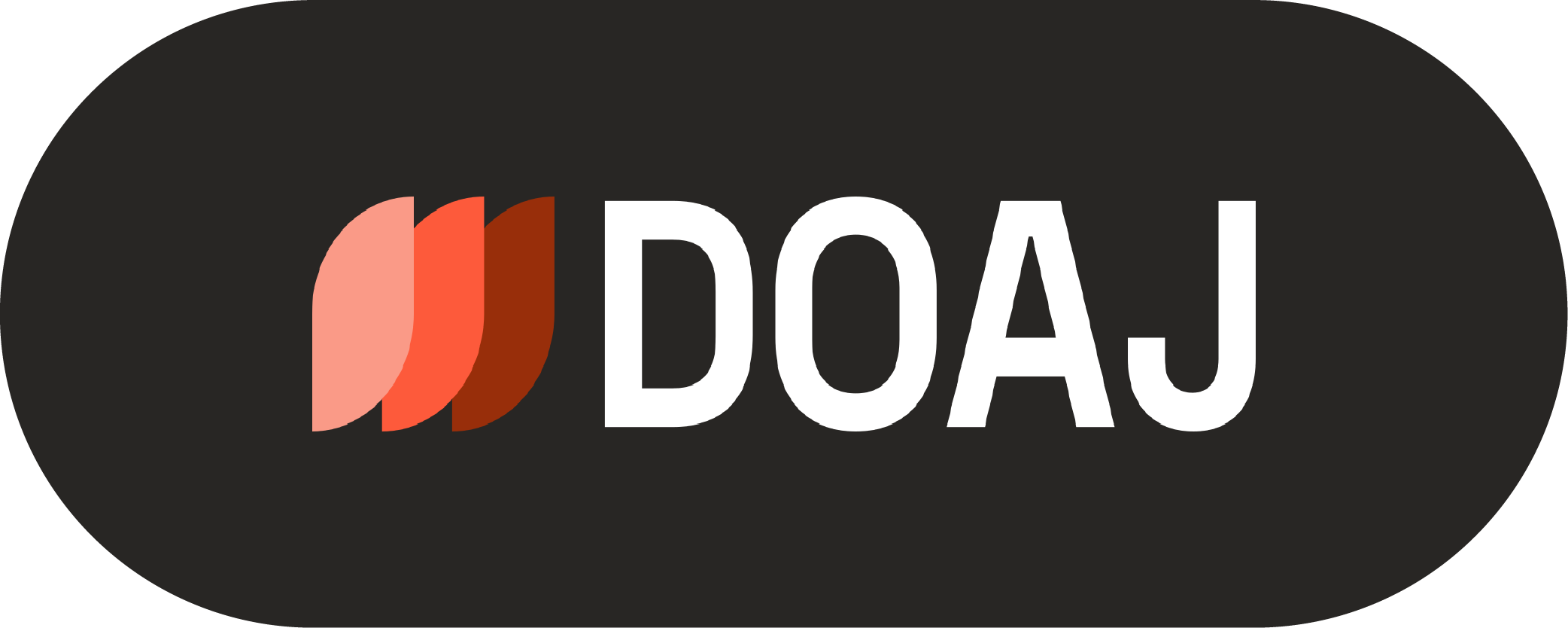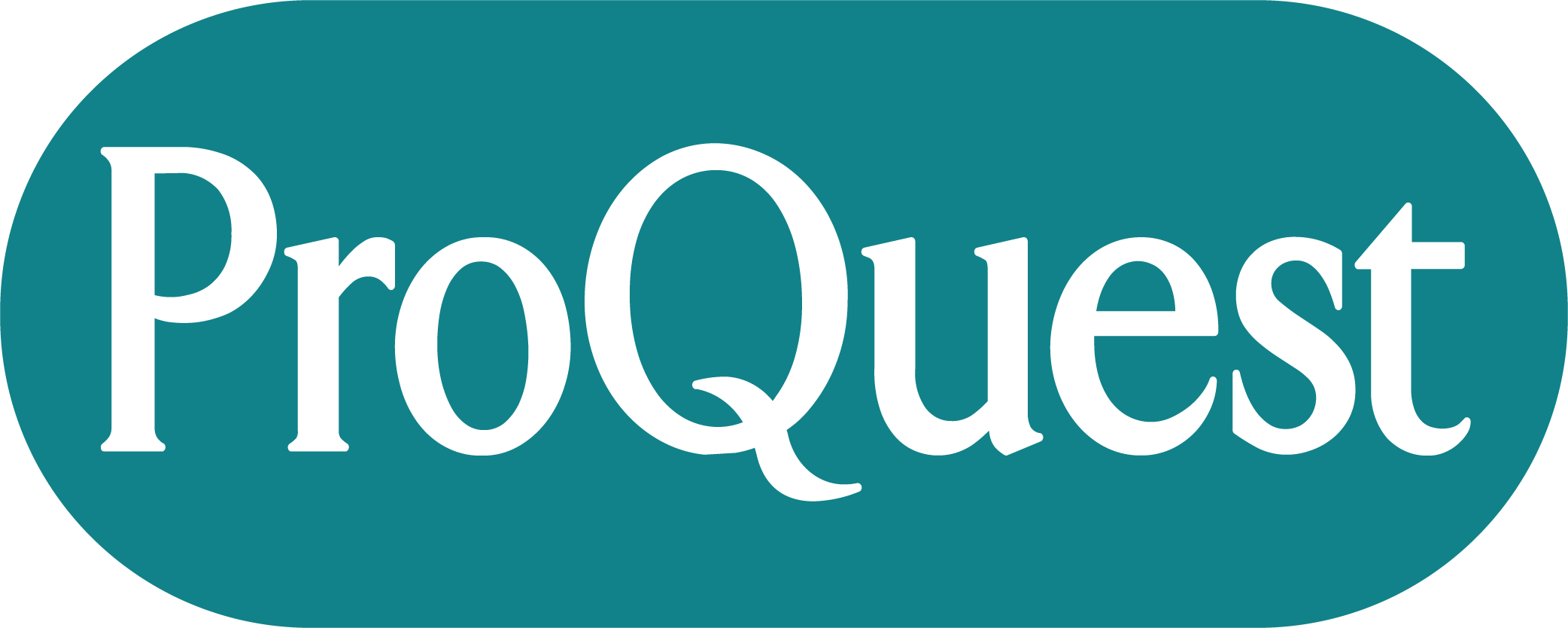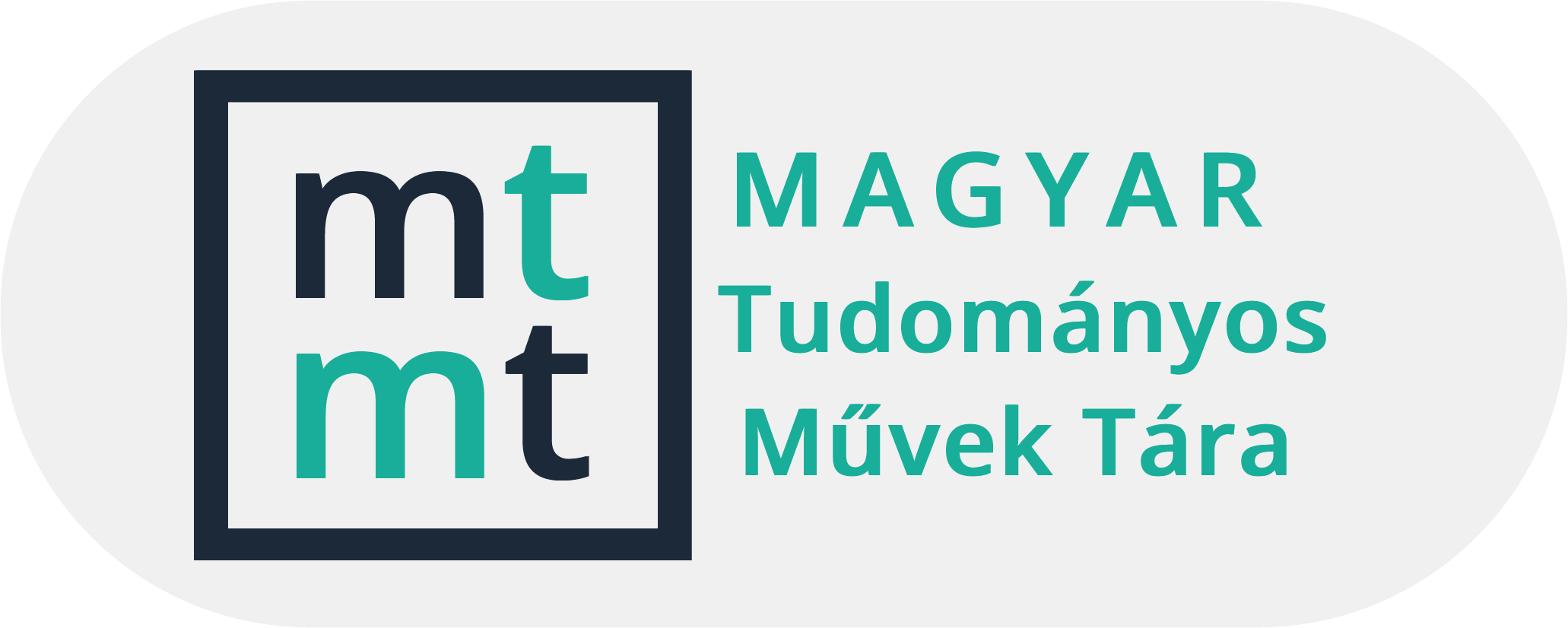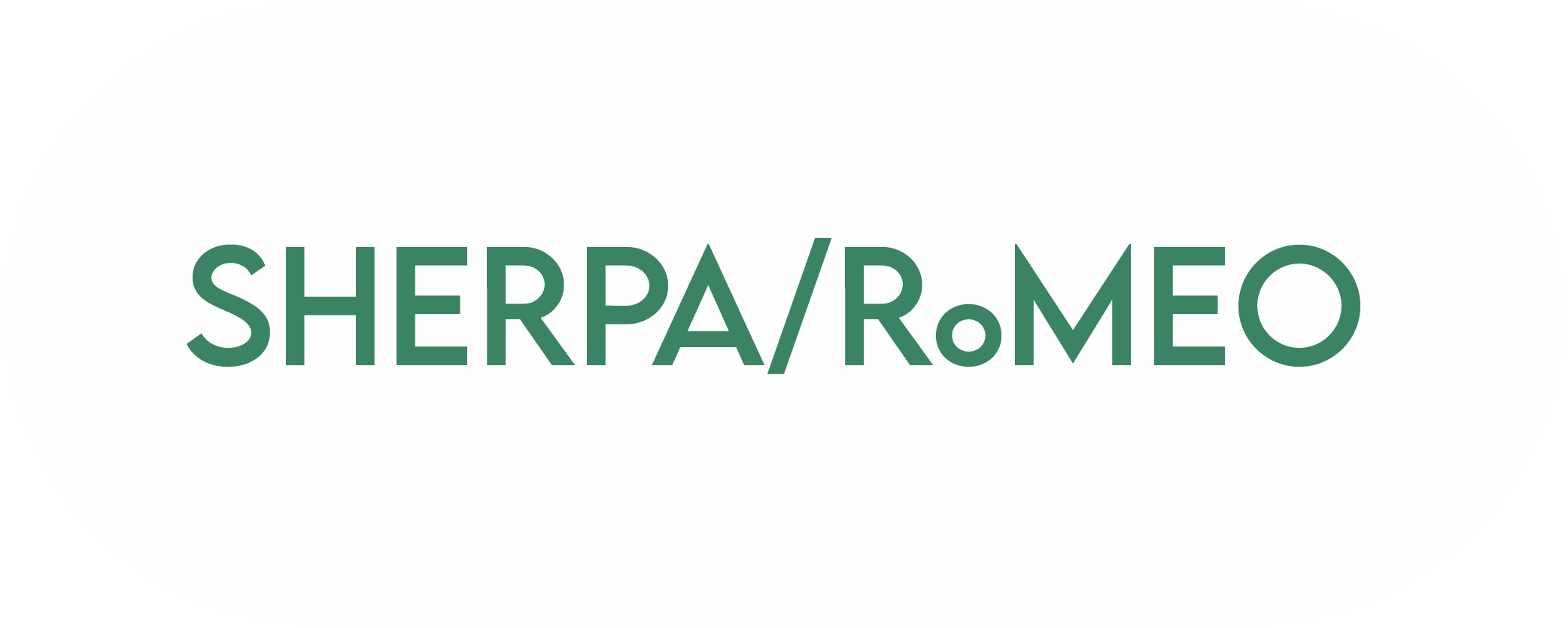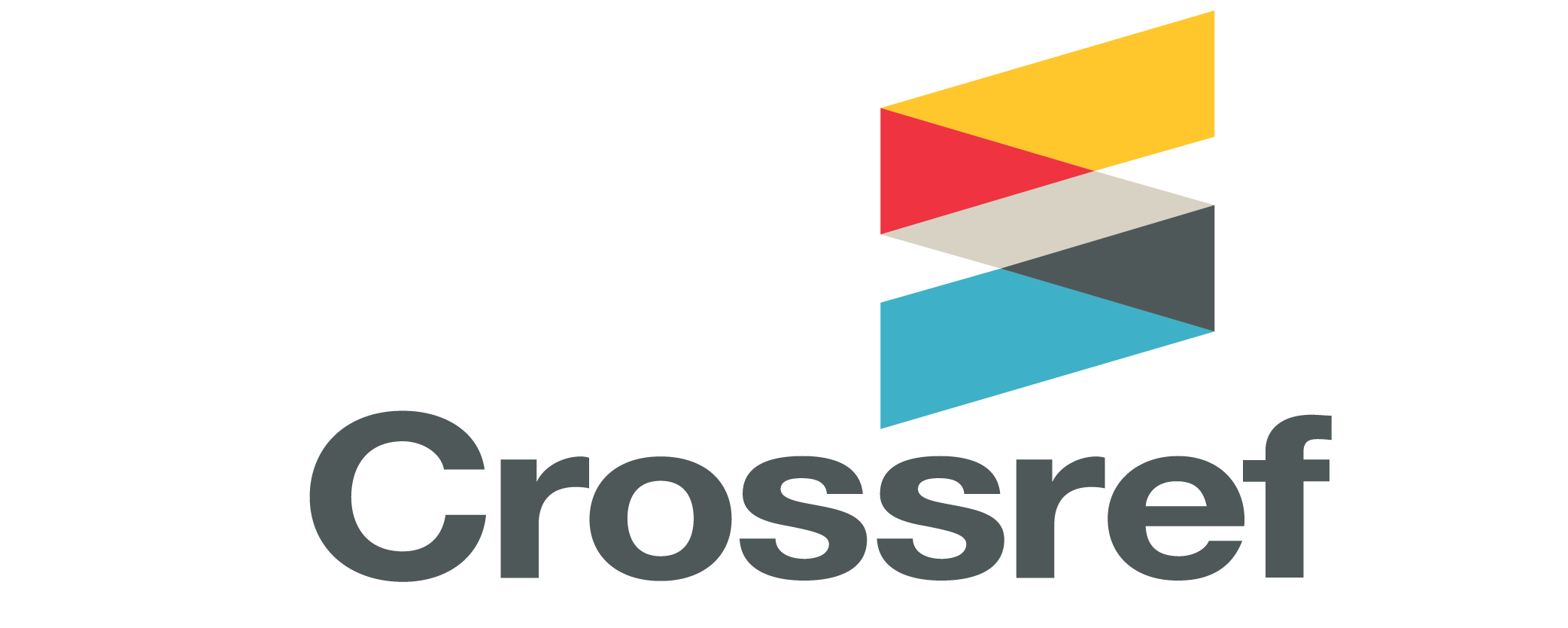Search
Search Results
-
Solving word problems - a crucial step in lower secondary school education
47-68Views:240Algebra is considered one of the most important parts of Mathematics teaching and learning, because it lays the foundations of abstract thinking as well as reasoning abilities among the lower secondary school pupils who have just transited from the world of numbers and computations to the area of equalities, signs, symbols and letters. The present article focuses on the fact that how the transition from arithmetic to algebra can be made more smooth. We have concentrated our experiments towards the approach of algebraic reasoning and its utilities in filling the gap between arithmetic and beginning algebra in lower secondary school education.We also underline the importance of another approach in overcoming the challenges in the transition from arithmetic to algebra, to enhance and make algebraic learning more effective, with special considerations to word problem-solving processes. In our opinion, we have to go through three phases in the introducing of algebra in Grade 7 Mathematics education: Regula Falsi method (based only on numerical calculations); functional approach to algebra (which combines the numerical computation with letter-symbolic manipulation); and writing equations to word problems. The conclusions of the present article would be helpful to Mathematics teachers for applying themselves to develop the pupils’ interest in word problem-solving processes during algebra teaching classroom activities.
Subject Classification: 97B10, 97C30, 97C50, 97D10, 97D40
-
The tradition of problem-posing in Hungarian mathematics teaching
233-254Views:298Based on the literature, Pólya was influential in problem-posing research. The present paper draws attention to a book written with Pólya's collaboration, which has not yet received sufficient emphasis in the problem-posing literature. On the other hand, Pólya's impact on mathematics education in Hungary has been significant, including the problem-posing paradigm. Two works, published only in Hungarian, that rely heavily on problem-posing are highlighted. Furthermore, it is presented how problem-posing appeared in the Hungarian Complex Mathematics Teaching Experiment (1962-78) led by Tamás Varga.
Subject Classification: 97D50
-
Shall we use one more representation? Suggestions about establishing the notion of recursion in teaching informatics in primary schools
209-229Views:86Among the most prominent developmental tasks of primary school education one finds increasing pupils' cognitive capacity with especial regard to observing, interpreting, coding and proving skills, which form an integral part of information and communication culture.
Info-technology (problem solving with the tools and methods of informatics), a subject matter within informatics, provides outstanding opportunities to reach the aims outlined above.
This study presents methodological ideas related to the subfield Algorithmization and data modelling of Info-technology. More specifically, it presents teaching methods to be applied while establishing the notion of recursion in grades 3–8 of primary education, and at the same time it also focuses on various realization possibilities of the prominent developmental tasks mentioned above. -
Integrating elements of data science into high-school teaching: Naïve Bayes-classification algorithm and programming in Python
307-316Views:213Probability theory and mathematical statistics are traditionally one of the most difficult chapters of mathematics to teach. One of the authors, Péter Princz has experience in teaching various topics via computer programming of the problem at hand as a class activity. The proposed method is to involve programming as a didactic tool in hard-to-teach topics. The intended goal in this case is to implement a naïve Bayes-classifier algorithm in Python and demonstrate the machine-learning capabilities of it by applying it to a real-world dataset of edible or poisonous mushrooms. The students would implement the algorithm in a playful and interactive way. The proposed incremental development process aligns well with the spirit of Tamás Varga who considered computers as modern tools of experimental problem solving as early as in the 1960s.
Subject Classification: 97D40, 97D50, 97K50, 97K99, 97M60, 97P40, 97P50, 97U50
-
Our duties in talent management in the light of the results of the International Hungarian Mathematics Competition of 2017
55-71Views:108The 4th International Hungarian Mathematics Competition held in Transcarpathia, Beregszász between April 28 and May 1, 2017, was organized by the Hungarian Carpathian Hungarian Teachers' Association (KMPSZ) and the Ferenc Rákóczi II. Transcarpathian Hungarian Institute (II. RFKMF).
The venue for the competition was the building of the Ferenc Rákóczi II. Transcarpathian Hungarian Institute. 175 students participated in the competition from Hungary, Romania, Serbia, Slovakia and Transcarpathia.
In this article, we are going to deal with the problems given in the two rounds to students in grades 5 and 6, and, in the light of expectations and performance, we make some suggestions for a more effective preparation of talented students on after-school lessons. -
Würfel und Augensummen – ein unmögliches Paar
71-88Views:128It is well known that the values 2, 3, ..., 12 of the sum of eyes that appear when throwing two regular dice are not equally distributed. It can also be shown that no matter how the dice are falsified (or if only one of them is being manipulated) they can never reach the same probability concerning the sum of eyes ([8], 91 et seq.). This discovery can be generalized for n ≥ 2 dice. Various results of algebra and (real) calculus are used, so that a connection between two different mathematical fields can be realized. Such a connection is typical and often provides a large contribution for mathematics (because it frequently leads to a successful attempt of solving a special problem) and therefore examples of this sort should also be included in the mathematical education at schools as well as in the student teachers' university curriculum for the study of mathematics. -
Solving mathematical problems by using Maple factorization algorithms
293-297Views:112Computer algebra gives methods for manipulating mathematical expression. In this paper we use the Maple software to solve some elementary problems. Computeraided approach in the instruction of mathematics helps to impart problem solving skills to students. -
Teaching of old historical mathematics problems with ICT tools
13-24Views:149The aim of this study is to examine how teachers can use ICT (information and communications technology) tools and the method of blended learning to teach mathematical problem solving. The new Hungarian mathematics curriculum (NAT) emphasizes the role of history of science, therefore we chose a topic from the history of mathematics, from the geometry of triangles: Viviani's Theorem and its problem field. We carried out our teaching experiments at a secondary school with 14-year-old students. Students investigated open geometrical problems with the help of a dynamic geometric software (GeoGebra). Their research work was similar to the historical way. -
Interactive web portals in mathematics
347-361Views:184Many of the recent problems in higher education (less contact seminars, the heterogeneity and the increasing number of our students) call for new instructional methods. At University of Szeged we have developed a mathematical web portal which can offer a solution for such problems among the changing circumstances. This freely available, easy-to-use web-surface supports interactive mathematical problem-solving and student self assessment. Our computer program cooperates with a lot of free software (computer algebra systems, formula parsers, converters, word processors). WebMathematics Interactive has been available for the public since June 2002 on its web page http://wmi.math.u-szeged.hu. -
Virtual manipulatives in inquiry-based approach of 3D problems by French 5th graders
229-240Views:174The aim of this research is to study the appropriation of a 3D environment by learners in an a-didactical situation of problem solving. We try to evaluate the relevance of the virtual 3D environment in the development of students' cognitive and metacognitive abilities. We implanted a problem-solving activity related to a 3D cube situation with an empty part in the cube in different French primary school areas in May 2019. In the experimental group each learner works individually with a PC-computer where the virtual environment ANIPPO is implemented. In the control group the pupils work in a traditional class environment. We present the results of this pre-experimentation.
Subject Classification: 97D50, 97U60, 97U70
-
Kompetenzstreben und Kompetenzerwerb: Funktionale didaktische Fördermöglichkeiten durch Differenzierung und Individualisierung
1-52Views:104As a first glimpse of specific research endeavours the most important components of competence motivation are discussed in relation to didactical questions of gaining competence by inner differentiation and individualization: self-efficacy, optimal challenge, intrinsic motivation, exploration needs, internal attribution, self-determination motivation, defense of self-worth, self-concept, and achievement motivation. In this sense "competence" means ever changing standards of self-regulation of an individual interacting with the various cognitive and emotional demands of his/her environment.
In fulfilling these requirements a prototypical example of inner differentiation in mathematics instruction is given. This didactical elaboration is available as a selfinstructing unit in Hungarian and German language within the "Electronic periodical of the Department of Methodology of Mathematics" which can be reached under http://mathdid.inhun.com. -
Examining relation between talent and competence through an experiment among 11th grade students
17-34Views:120The areas of competencies that are formable, that are to be formed and developed by teaching mathematics are well-usable in recognizing talent. We can examine the competencies of a student, we can examine the competencies required to solve a certain exercise, or what competencies an exercise improves.
I studied two exercises of a test taken by students of the IT specialty segment of class 11.d of Jedlik Ányos High School, a class that I teach. These exercises were parts of the thematic unit of Combinatorics and Graph Theory. I analysed what competencies a gifted student has, and what competencies I need to improve while teaching mathematics. I summarized my experience about the solutions of the students, the ways I can take care of the gifted students, and what to do to the less gifted ones. -
Teaching puzzle-based learning: development of transferable skills
245-268Views:232While computer science and engineering students are trained to recognise familiar problems with known solutions, they may not be sufficiently prepared to address novel real-world problems. A successful computer science graduate does far more than just program and we must train our students to reach the required levels of analytical and computational thinking, rather than hoping that it will just 'develop'. As a step in this direction, we have created and experimented with a new first-year level course, Puzzle-based Learning (PBL), that is aimed at getting students to think about how to frame and solve unstructured problems. The pedagogical goal is increase students' mathematical awareness and general problem solving skills by employing puzzles, which are educational, engaging, and thought provoking. In this paper we continue sharing our experiences in teaching such a course. Whereas a brief discussion on our pedagogical objectives were covered in the first paper together with the material of the first of two lectures on pattern recognition, this follow-up paper presents the material of the second of two lectures, in which additional exercises are discussed to reinforce the lesson. Along the way we provide a glimpse of some foundational ideas of computer science such as incomputability and general system development strategies such as incremental and iterative reasoning. This paper discusses the outcomes of PBL courses, which include expected improvement in the overall results achieved by students who have undertaken PBL courses, compared to those students who have not. -
Analyse von Lösungswegen und Erweiterungsmöglichkeiten eines Problems für die Klassen 7–11
231-249Views:91Making several solutions for a problem i.e. the generalization, or the extension of a problem is common in the Hungarian mathematics education.
But the analysis of a problem is unusual where the connection between the mathematical content of the task and of its different formulations is examined, solutions from different fields of mathematics are presented regarding the knowledge of different age groups, the problem is generalized in different directions, and several tools (traditional and electronic) for solutions and generalizations are presented.
This kind of problem analysis makes it viable that during the solution/elaboration several kinds of mathematical knowledge and activities are recalled and connected, facilitating their use inside and outside of mathematics.
However, an analysis like this is not unfamiliar to the traditions of the Hungarian problem solving education – because it also aims at elaborating a problem – but from several points of view.
In this study, a geometric task is analysed in such a way. -
Teaching sorting in ICT
101-117Views:134This article is aimed at considering how an algorithmic problem – more precisely a sorting problem – can be used in an informatics class in primary and secondary education to make students mobilize the largest possible amount of their intellectual skills in the problem solving process. We will be outlining a method which essentially forces students to utilize their mathematical knowledge besides algorithmization in order to provide an efficient solution. What is more, they are expected to use efficiently a tool that has so far not been associated with creative thinking. Sorting is meant to be just an example, through which our thoughts can easily be demonstrated, but – of course the method of education outlined can be linked to several other algorithmic problems, as well. -
Comparing various functions of the divisors of an integer in different residue classes
247-258Views:120The main goal of this paper is to investigate some problems related to the distribution of the divisors of a number in different residue classes. We study these questions modulo 3, and use mostly just elementary number theory. In some special cases, we demonstrate how this problem is related to other fields of maths, especially to combinatorics. Since the author is also a secondary school teacher, we use elementary methods that can be discussed in secondary school, mainly within the framework of group study sessions or in special maths classes. We do think that the investigation of these types of questions can motivate children to find their own way to create their own questions, and to get a deeper insight into problem solving by these experimentations. -
The Project Method and investigation in school mathematics
241-255Views:133The Project Method (PM) is becoming more common in the teaching of mathematics. Most of the time, Project Method means solving open and relatively wide formulated problems for the application of particular mathematical topics and the solving of everyday life problems.
At present many experts in the theory of teaching mathematics advocate teaching activities as the characteristic for most mathematical work in the classroom. Thus, there is a question: whether it is possible or eventual desirable to use the PM for solving genuine mathematical problems. This paper deals with this question and discusses the connection between the PM and investigation of new mathematical knowledge for students. Our experience has shown that the PM in connection with investigations can be a useful and effective approach to teaching mathematics. -
The application of modelling tasks in the classroom – why and how? with reflections on an EU teacher training course
231-244Views:170The aim of the article is to present the concept of mathematical modelling in the classroom. LEMA (Learning and Education in and through Modelling and Applications) was an EU Comenius funded project in which mathematics educators from six countries worked to produce materials to support teachers' professional development. A group of voluntary Hungarian mathematics teachers were taught modelling for a year and we were and still are given feedback continously. The article leads us from the general concept of mathematical modelling to its practice in the classroom. It presents difficulties that teachers have to face when doing modelling lessons and their students' reactions are also mentioned. We present sample tasks from the material of the teacher training course as well as tasks that were created by the participants. -
Consequences of a virtual encounter with George Pólya
173-182Views:178The consequences of a virtual encounter with George Pólya as a teacher are recorded. An instance of his influence on my mathematical thinking is recounted through work on one of the problems in one of his books.
Subject Classification: 01A99, 11A05, 97-03, 97D50
-
Development and assessment of non-cognitive skills among engineering students: a comparison across two universities
161-182Views:20Non-cognitive skills, such as logical thinking and problem solving, are crucial for success in engineering fields. To assess these skills in undergraduate engineering students, we designed a targeted test comprising four different types of tasks. The study was conducted among students at the Faculty of Engineering at the University of Debrecen, and the Faculty of Mechanical Engineering and Informatics at the University of Miskolc. The aim of this paper is to analyze the test results, gather students’ feedback, and examine the strength of the relationships between deductive reasoning, diagrammatic reasoning, and algebraic thinking.
Subject Classification: 97C20
-
The role of computer in the process of solving of mathematical problems (results of research)
67-80Views:119We would like to present results of an almost two years investigations about the role computer in the process of solving of mathematical problems. In these investigations took part 35 students of the secondary school (generalists) in the age 17–19 years. Each of these students solved following problem:
Find all values of the parameter m so that the function
f(x) = |mx + 1| − |2x − m| is:
a) bounded,
b) bounded only from the bottom,
c) bounded only from above,
first without a computer and next with a special computer program. We would like to show results of these researches. -
Maximum and minimum problems in secondary school education
81-98Views:130The aim of this paper is to offer some possible ways of solving extreme value problems by elementary methods with which the generally available method of differential calculus can be avoided. We line up some problems which can be solved by the usage of these elementary methods in secondary school education. The importance of the extremum problems is ignored in the regular curriculum; however they are in the main stream of competition problems – therefore they are useful tools in the selection and development of talented students. The extremum problem-solving by elementary methods means the replacement of the methods of differential calculus (which are quite stereotyped) by the elementary methods collected from different fields of Mathematics, such as elementary inequalities between geometric, arithmetic and square means, the codomain of the quadratic and trigonometric functions, etc. In the first part we show some patterns that students can imitate in solving similar problems. These patterns could also provide some ideas for Hungarian teachers on how to introduce this topic in their practice. In the second part we discuss the results of a survey carried out in two secondary schools and we formulate our conclusion concerning the improvement of students' performance in solving these kind of problems. -
Fostering engineering freshmen’s shifts of attention by using Matlab LiveScript for solving mathematical tasks
1-14Views:213We designed an experimental path including a summative assessment phase, where engineering freshmen are involved in solving mathematical tasks by using Matlab LiveScripts. We analyzed the students’ answers to a questionnaire about their perceived impact of the use of Matlab on their way to solve mathematical tasks. The main result is that students show shifts of attention from computations to other aspects of problem solving, moving from an operational to a structural view of mathematics.
Subject Classification: 97U70, 97H60
-
Taking learning styles into consideration in e-learning based education
385-396Views:74In improving electronic teaching material processes we should take the student's learning styles or methods into consideration. The ways learners receive information may be shared into three categories (modalities): visual, auditory, kinesthetic (tactile). In this paper I present some pedagogical questions of the electronic teaching-learning environment, offer a brief survey of the different learning style theories and emphasise the importance of the modalities in encoding information. The electronic teaching material should encourage the learner to choose an appropriate form of syllabus by which his knowledge can become more efficient. -
Teaching puzzle-based learning: development of basic concepts
183-204Views:301While computer science and engineering students are trained to recognise familiar problems with known solutions, they may not be sufficiently prepared to address novel real-world problems. A successful computer science graduate does far more than just program and we must train our students to reach the required levels of analytical and computational thinking, rather than hoping that it will just 'develop'. As a step in this direction, we have created and experimented with a new first-year level course, Puzzle-based Learning (PBL), that is aimed at getting students to think about how to frame and solve unstructured problems. The pedagogical goal is increase students' mathematical awareness and general problem solving skills by employing puzzles, which are educational, engaging, and thought provoking. We share our experiences in teaching such a course – apart from a brief discussion on our pedagogical objectives, we concentrate on discussing the presented material which covers (in two lectures) just one selected topic (pattern recognition). In this paper we present the ideas behind foundations for PBL and the material of the first of two lectures on pattern recognition, in which we address core concepts and provide students with sufficient exemplars to illustrate the main points.
